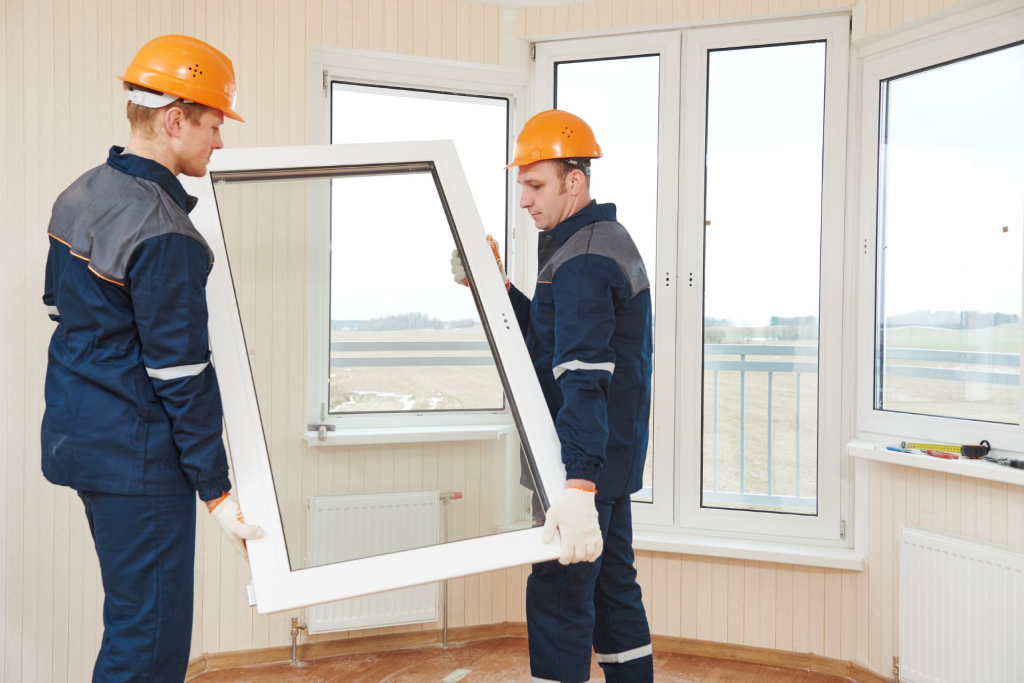Understanding The Energy Star Rating
Jul 11 2023 Posted By Ontario Window Reviews

As energy costs continue to rise, you’ll want to pay attention to the Energy Star rating when buying appliances or fixtures for your home—this certification indicates a product meets the highest energy efficiency standards in Canada.
There are a variety of ways to improve your home’s energy efficiency, such as added insulation, installing an effective heating system, and replacing old windows. No matter what renovations you’re doing, rest assured adding Energy Star-certified items to your home can reduce energy usage and lower utility bills.
But what does an Energy Star rating really mean? Keep reading for a detailed breakdown of how this standard can inform your purchasing decisions.
What Is Energy Star?
An entity that started in the United States, Energy Star has become the most respected symbol for energy efficiency. Its presence on products indicates excellent levels of energy efficiency, helping consumers make well-informed decisions.
Does Canada use Energy Star?
As Energy Star continues to expand globally, Canada took the initiative to adopt the logo and encourage its citizens to incorporate more energy efficient practices in their day-to-day. Natural Resources Canada (NRCan) started the Energy Star Rating Canada Program by enrolling and monitoring participants or manufacturers that produce the following:
- Commercial and industrial equipment
- Consumer electronics
- Fenestration products
- Heating, cooling, and ventilation equipment
- Lighting products
You’ve probably seen the white star with a blue background before—that’s the Energy Star Canada logo that denotes energy-efficient products.

The Science Behind Energy Star Certification
Before a product can earn Energy Star approval in Canada, manufacturers must cooperate with the terms of NRCan. This entity has outlined certain specifications for window dealers to ensure their products perform well for the following metrics:
- U-Factor
- R-Value
- Solar Heat Gain Coefficient
- Air Leakage
- Energy Rating
- Visible Transmittance
- Decimal Precision
- Centre-of-glass Rating
An accredited third party must administer the certification process. As far as windows are concerned, entities such as the CSA Group and Keystone Certifications can provide them with an unbiased energy efficiency rating.
Why Is This Important?
The Energy Star program takes energy performance seriously. The Energy Star label is not only a declaration of specific requirements, but of due process, too. The presence of an accredited third party assures consumers no loopholes have been taken while reinforcing the all-important credibility of the Energy Star symbol.
Lower Energy Costs With Improved Energy Efficiency
Energy Star products are the most cost-effective way to improve home energy efficiency. However, you might be wondering: “I already have X, Y, and Z, so wouldn’t replacing them with energy-efficient counterparts cost me more?”
It’s about balancing short-term costs with long-term savings. Let’s say you have an old drafty window: it seems fine, but its inefficiency is forcing your HVAC system to work double and driving up your utility bills. While the initial price of a new window may feel steep, you’ll ultimately save money and feel more comfortable in the long run.
The Canadian government has also allocated funds and resources to rebate households for replacing windows and doors with Energy Star-certified products.
Check out the available rebate programs below:
Home Efficiency Rebate Plus
The Greener Homes Grant and Enbridge Gas have joined forces to launch an exciting and rewarding rebate program called Home Efficiency Rebate Plus (HER+). Eligible Ontarians can save energy and benefit from enhanced rebates of up to $10,000!
Canada Greener Homes Initiative
While HER+ is only available in Ontario, other Canadian provinces can enjoy the Canada Greener Homes Initiative. This program offers grants of $125 to $5,000, allowing you to retrieve the costs for eligible retrofits. You can apply for interest-free loans of up to $40,000 with a repayment term of 10 years.

BC Hydro Window and Door Rebates
Folks of British Columbia, this energy rebate program is for you!
BC Hydro offers you the opportunity to get up to $2,000 for installing energy-efficient windows. The government-owned corporation walks you through the qualifications and what products you need to be eligible for the grant.
Ontario Energy Rebates
Another energy rebate program you can look into is Ontario Energy Rebates.
Dedicated to Ontarians only, this initiative increases efficiency, reduces carbon footprint, and saves money. The only thing that stops you from enjoying the benefits of rebated high-impact upgrades is eligibility. Find out if you qualify when you complete the questionnaire!
Invest In Energy-Efficient New Windows
The Energy Star program is no joke—there’s a reason why its products are endorsed by the Environmental Protection Agency. Saving energy matters; Energy Star ratings serve as excellent guidelines for improving energy performance ratings.
Choosing the best dealer of Energy Star-qualified products can be challenging, but Ontario Window Reviews is here to help. Our complete Ontario window company comparison chart breaks down whether or not their products are Energy Star certified.
If you have any questions, feel free to send us a message!
Recent Posts
Category
Archives
- December 2023
- November 2023
- October 2023
- September 2023
- July 2023
- June 2023
- May 2023
- February 2023
- January 2023
- December 2022
- October 2022
- September 2022
- August 2022
- July 2022
- June 2022
- May 2022
- April 2022
- March 2022
- February 2022
- January 2022
- December 2021
- November 2021
- October 2021
- September 2021
- August 2021
- July 2021
- June 2021
- May 2021
- April 2021
- February 2021
- January 2021
© 2023 Ontario Window Reviews - Windows & Door Companies. All Rights Reserved.

Leave A Reply